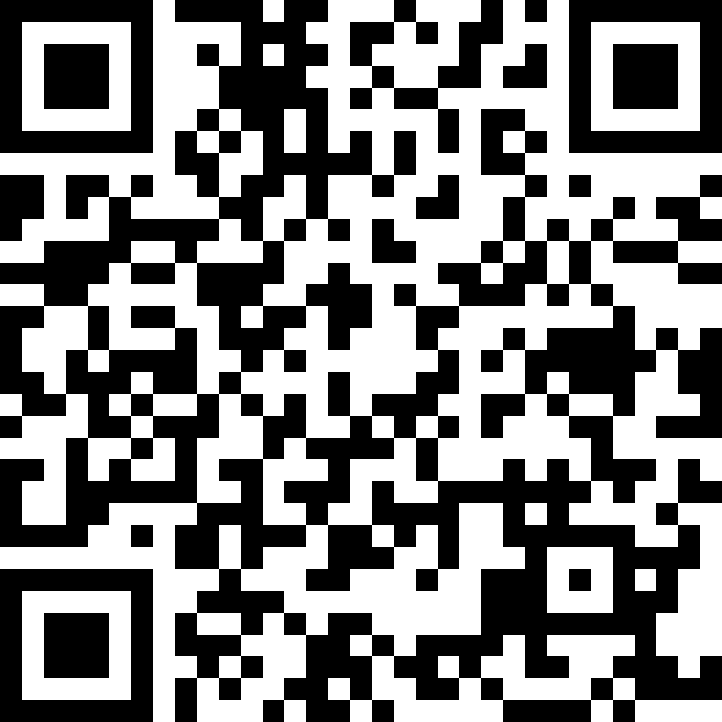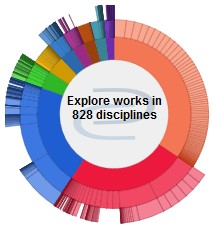Graduate Program
Kinesiology and Sports Studies
Degree Name
Master of Science (MS)
Semester of Degree Completion
2011
Thesis Director
John Storsved
Thesis Committee Member
Brian Pritschet
Thesis Committee Member
Jeffrey Willardson
Abstract
Athletic training is an American Medical Association (AMA) - recognized allied health care profession. With long hours, limited time off, and a variety of people to care for, this profession is one in which the athletic trainer may experience high stress loads and burnout. Burnout is a syndrome of emotional exhaustion, depersonalization, and reduced personal accomplishment that can occur among individuals who work with people in some capacity (Maslach, Jackson, & Leiter, 1996). The purpose of this study was to examine undergraduate athletic training students and determine whether or not they displayed symptoms of burnout and to what extent. Thirty subjects comprised of 16 females and 14 males (16 2nd semester students, 14 4th semester students) participated in this study. All Participants completed a Maslach Burnout Inventory Human-Services Survey (MBI-HSS) consisting of 22 questions. The attributes of emotional exhaustion (EE), depersonalization (DP), and personal accomplishment (PA) were scored in accordance with the MBI-HSS. The MBI-HSS uses a Likert scale rating from 0-6, 0 equaling never and 6 being everyday. (The maximum score for EE=54, DP=30, and PA=48) A demographic survey was also administered asking for age, sex, race, relationship status. Independent ttests comparing second semester athletic training students and fourth semester athletic training students revealed no significant differences between these groups for, emotional exhaustion (EE) (p=0.96), depersonalization (DP) (p= 0.62), and personal achievement (PA) (p= 0.18). Overall differences were significant for EE (p= 0.0018) between females mean score of (=28.56 compared to males mean score of 19.86. Showing no significant differences between genders were DP (p= 0.74), and PA (p= 0.41). A comparison of semester two athletic training students by gender revealed a significant difference for EE (p= 0.01735) between females (mean score of 29.71) and males (mean score of 20.55). No significant differences were observed between males and females of the 2nd semester students for either DP (p= 0.6749) or PA (p= 0.1896). The gender differences for fourth semester athletic training students was marginally significant for EE (p= 0. 05) ( females mean score of 27.67 versus males (mean score of 18.6). Gender differences were not statistically significant for DP (p= 0.1910) and PA (p= 0.7680) for fourth semester students. Results suggest that the only significant differences were between males and females in emotional exhaustion comparisons between overall gender differences, second semester gender differences, and fourth semester gender differences. This study showed that with moderate EE, moderate DP, and moderate PA, undergraduate athletic training students, as a whole, demonstrated a moderate amount of burnout from their clinical assignments. In addition, overall females compared to males experienced the greatest amount of significant difference of EE (p= 0.0018) with females having a mean high level of burnout of 28.56 and males having a mean moderate level of 19.86.
Recommended Citation
Newcomer, Holli Ann, "Existence Of Burnout In Undergraduate Athletic Training Students In An Accredited Athletic Training Education Program" (2011). Masters Theses. 486.
https://thekeep.eiu.edu/theses/486




